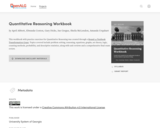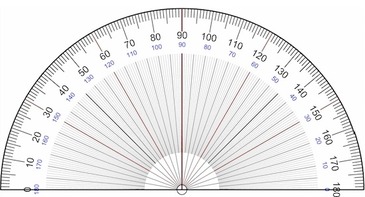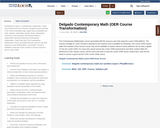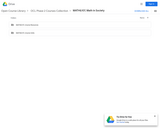
This workbook with practice exercises for Quantitative Reasoning was created through a Round 14 Textbook Transformation Grant. Topics covered include problem solving, reasoning, equations, graphs, set theory, logic, counting methods, probability, and descriptive statistics, along with unit reviews and a comprehensive final exam review.
Table of Contents
Chapter 1 Problem Solving
1.1 Problem Solving
1.2 Inductive and Deductive Reasoning
1.3 Rounding and Percentages
Chapter 2 Algebraic Equations and Graphs
2.1 Linear Equations
2.2 Linear Regression
2.3 Systems of Linear Equations
2.4 Quadratic Equations and Graphs
2.5 Variation and Proportion
2.6 Exponential and Logarithmic Equations
Chapter 3 Set Theory
3.1 The Language of Sets
3.2 Comparing Sets
3.3 Set Operations
3.4 Survey Problems
Chapter 4 Logic
4.1 Statements, Connectives, and Quantifiers
4.2 Truth Tables
4.3 The Conditional and Bi-conditional
4.4 Verifying Arguments
4.5 Verifying Syllogisms using Euler Diagrams
Chapter 5 Counting Methods
5.1 Introduction to Counting
5.2 The Fundamental Counting Principle
5.3 Permutations and Combinations
5.4 Counting and Gambling
Chapter 6 Probability
6.1 Random Experiments and the Definition of Probability
6.2 Probability for Complements and Unions of Events
6.3 Conditional Probability and Intersections of Events
6.4 Expected Value
Chapter 7 Descriptive Statistics
7.1 Introduction to Statistics
7.2 Measures of Central Tendency
7.3 Standard Deviation
7.4 Normal Distribution
- Subject:
- Mathematics
- Material Type:
- Activity/Lab
- Textbook
- Author:
- Amanda Urquhart
- Elwanda Coston
- Gary Dicks
- Jan Gregus
- Sheila McLendon
- April Abbott
- Date Added:
- 12/17/2020




